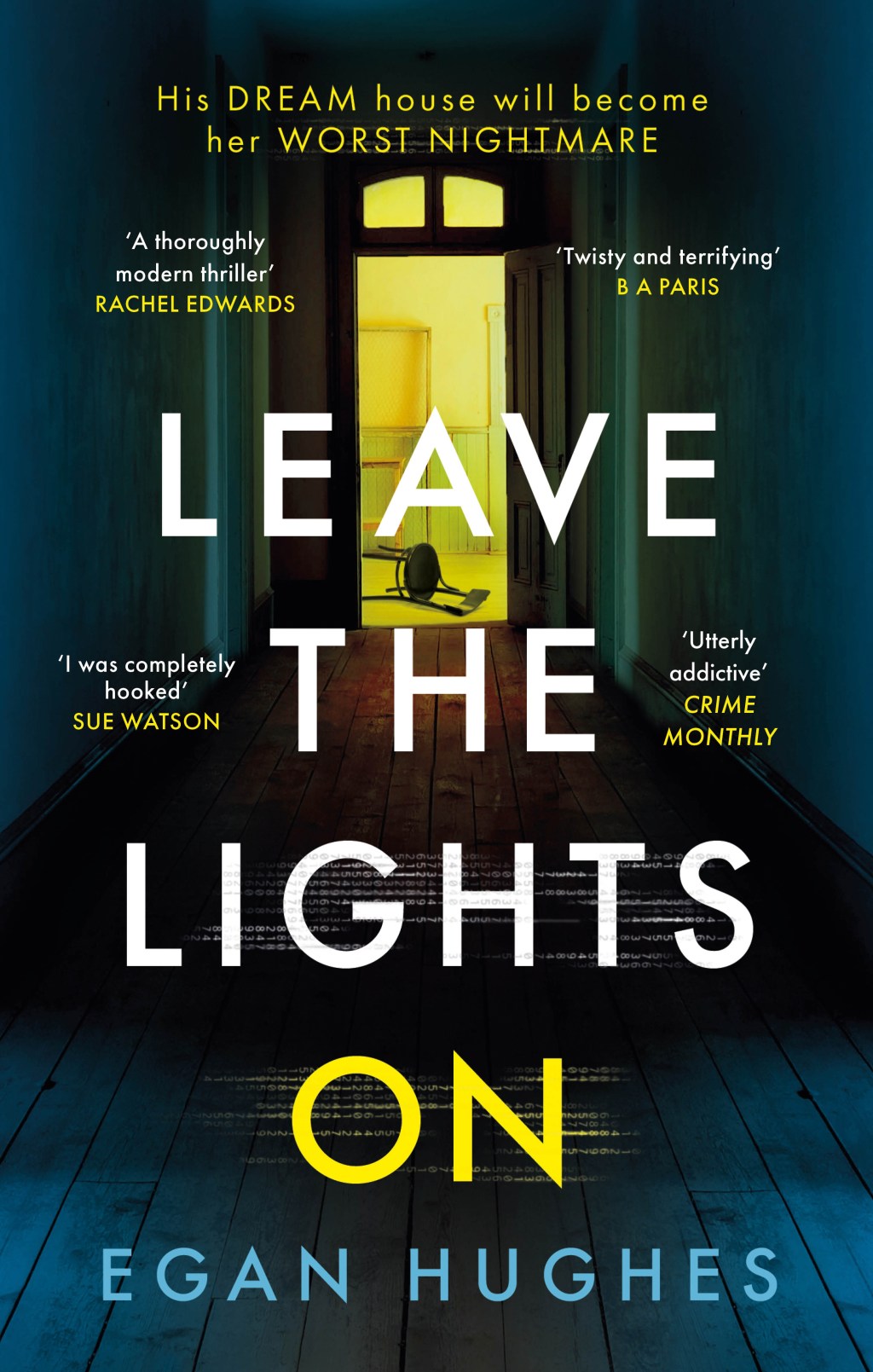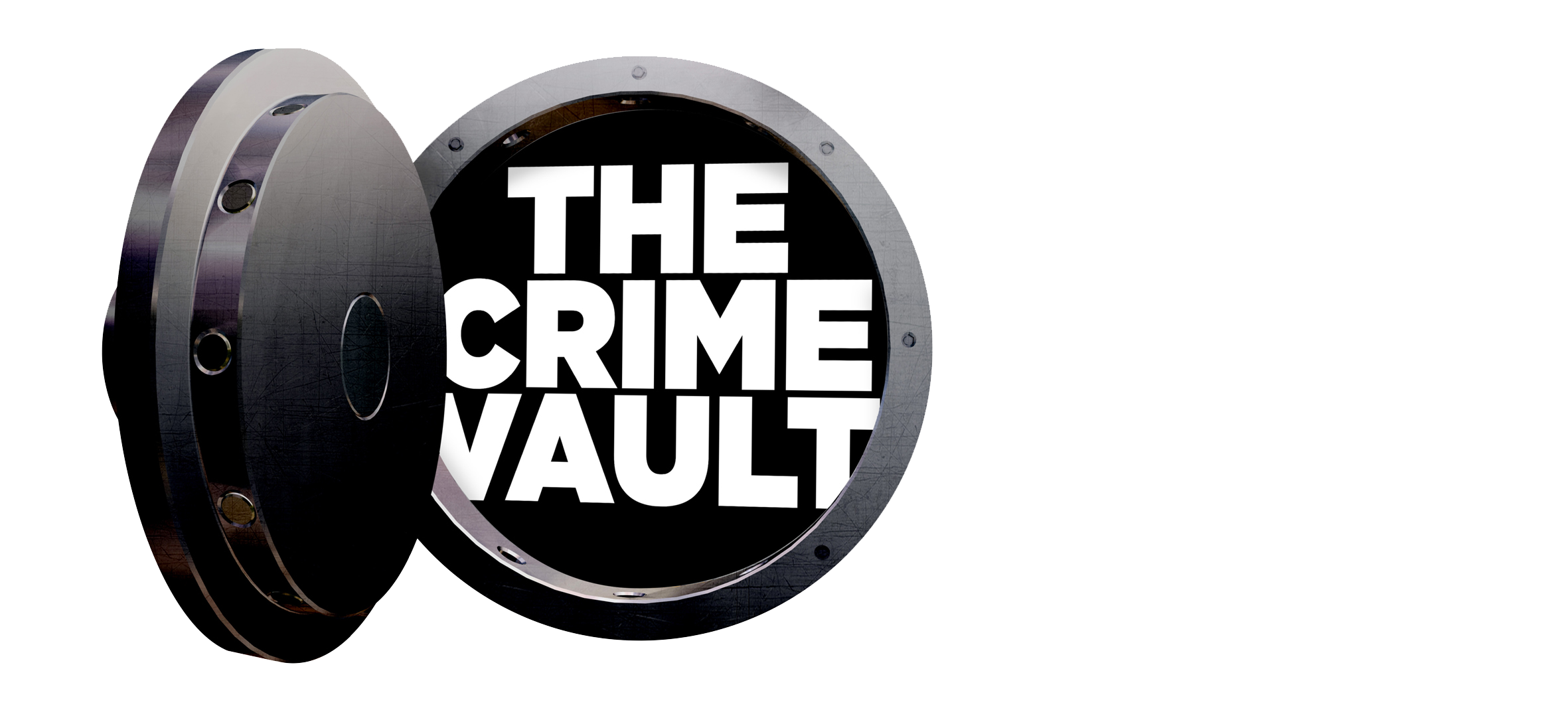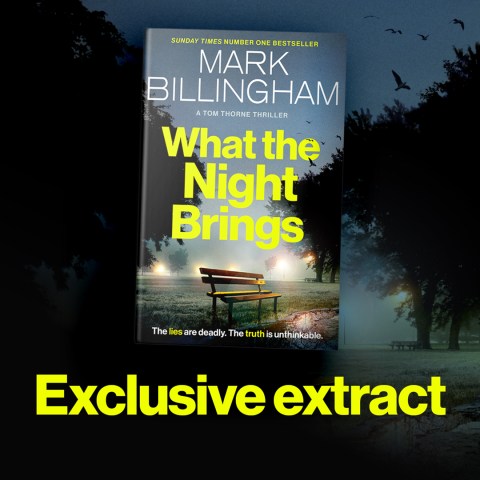How to Write a Killer Thriller with Egan Hughes

Hello reader,
My name is Rosanna and I have the enormous privilege of being Egan Hughes’ editor. Egan is the author of The One That Got Away, which has been shortlisted for a prestigious CWA Dagger award, and Leave The Lights On, which is out now.
I caught up with Egan about her writing process, and asked her about how she plots and where she gets her inspiration. We hope our conversation will be useful for anyone who is thinking about writing a thriller, or who just loves the genre and wants to see a bit of where the magic comes from.
So without further ado:
Thrillers continue to be such a popular genre, and yet really good thrillers are incredibly difficult to write. If you had to pick the three key ingredients of a great thriller, what would they be?
An engaging main character who the reader wants to stay with through the twists and turns. A great book on characterisation is The Science Of Writing Characters by Kira-Anne Pelican.
An intriguing plot puzzle where things aren’t what they seem. You Were Gone by Tim Weaver is a brilliant example, where you’re driven to find out what’s going on and why.
High stakes for the main character and problems that escalate to keep us turning pages. Then you need to keep adding layers of pressure and conflict that force her to act.
So when it comes to your own writing, how do you make use of those ingredients? Where do you start and how do you make sure they’re in there?
I start with a character who has a problem. The story is how they set out to solve the problem. I match the main character to the plot problem, so they’ll have the most challenging time. E.g. an agoraphobic whose home is her sanctuary, until it comes under threat. I create conflict from obstacles thrown in the character’s way and having her deal with characters who have opposing goals, e.g. a woman who thinks someone is out to get her, but her husband insists she’s imagining it.
Many of the most successful thrillers rely on one or many ‘twists’, moments that upend the reader’s expectations and turn the whole novel on their head. Which are the best thrillers with twists that you’ve read?
I love twists that pack an emotional punch and feel organic to the story. Three favourites that actually took my breath away are from Gone Girl, Fingersmith and I Let You Go. More recently, In The Dark by Cara Hunter and Darling by Rachel Edwards both have stupendous twists that turn the story on its head. Kudos to Cara and Rachel!
Those are fantastic choices, I completely agree, some of my most memorable reads have been because they have that jaw-dropping moment part way through. Do you ever start with the twist and think backwards? Or do you always start at the beginning and work from there?
I would love to come up with a brilliant twist at the outset, but I tend to start with a ‘what if?’ scenario and then I twist expectations. E.g. ‘What if a technophobe lives in a smart home that’s out to harm her?’ A good twist exposes what was always there, and the reader needs a trail of clues and foreshadowing that feed into the ‘aha’ moment when the twist is revealed.
And what advice would you give to a writer on the first draft of their first thriller novel?
Write the synopsis first! Most writers do it last and find it tough going. If you can summarise it on a single page early on, it focuses your mind on the main story. It can still evolve as you go along.
I let each scene play out in my mind’s eye. For every decision or reaction from the main character I think, ‘How would I handle that situation?’ It stops your story from veering into unrealistic territory, with characters doing things they wouldn’t in real life for the sake of moving the plot on. Work on character motivations and be clear about why they are doing what they’re doing, even if you conceal their true motives from the reader.
You say your synopsis evolves as you go along. How much changes during the editing process for you? Do you always try and get your first draft to the very best it can be before you edit it or is it more about getting everything down and then refining for you?
My first draft is about getting the story down. The writing is clunky, but I lay the foundations of the story first. Staying with the house building analogy, you wouldn’t hang ornate curtains before the roof is on or the windows have been fitted. I do the rough work first and then polish it. The plot and structure don’t change much, but characters evolve and I add more colour and nuance with each draft.
I heard another writer say ‘You can’t edit it if it’s in your head’ once, which makes a good case for getting it down quickly and working from there. But when do you know if an idea has the potential to become a whole novel? What do you do when you get that initial spark?
It’s pure bliss when the initial spark of a story comes to me and then unfolds in my mind. For it to evolve into a novel, I need a plot problem with potential to escalate and complicate, even as the main character is desperately trying to fix it. I write the opening chapters to get a feel for the characters’ voices. If it shows promise, I turn to Save The Cat Writes A Novel, as it’s a useful tool for mapping out the story and charting the key ‘beats’ or turning points.
I’ve not read Save The Cat Writes A Novel, I’ll have to add it to the list. So final question, what would you like to see more of in thrillers that are coming out now? Is there a theme or a structure you think hasn’t been explored sufficiently yet?
Great question! I’d like to see more thrillers with a family saga backdrop, since families can be rife with dark secrets, hostilities and conflicting family dynamics. Time travel adds a new dimension to the thriller format, such as The Seven Deaths of Evelyn Hardcastle. I have a time travel thriller mapped out and I’d have fun writing it.





